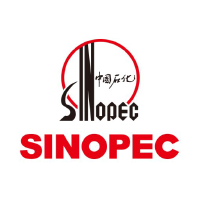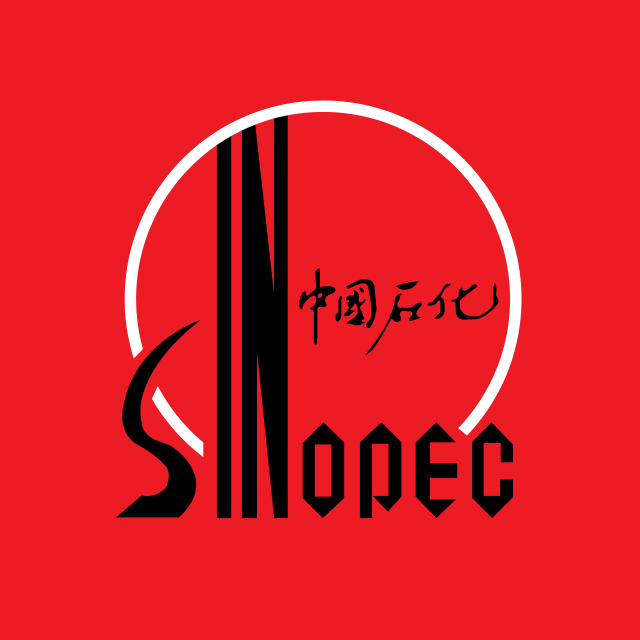Анализ компании Sinopec Oilfield Service Corporation
1. Резюме
Плюсы
- Доходность акции за последний год (56.63%) выше чем средняя по сектору (-8.99%).
- Текущий уровень задолженности 26.58% ниже 100% и уменьшился за 5 лет с 33.64%.
Минусы
- Цена (0.65 HK$) выше справедливой оценки (0.3937 HK$)
- Дивиденды (0%) меньше среднего по сектору (8.24%).
- Текущая эффективность компании (ROE=7.63%) ниже чем в среднем по сектору (ROE=18.14%)
Похожие компании
2. Цена акции и эффективность
2.1. Цена акции
2.2. Новости
2.3. Рыночная эффективность
| Sinopec Oilfield Service Corporation | Energy | Индекс | |
|---|---|---|---|
| 7 дней | 3.2% | 1.3% | 2.6% |
| 90 дней | -8.5% | -9.1% | -3.5% |
| 1 год | 56.6% | -9% | 32.2% |
1033 vs Сектор: Sinopec Oilfield Service Corporation превзошел сектор "Energy" на 65.61% за последний год.
1033 vs Рынок: Sinopec Oilfield Service Corporation превзошел рынок на 24.43% за последний год.
Стабильная цена: 1033 не является значительно более волатильным чем остальная часть рынка на "Hong Kong Exchanges" за последние 3 месяца, типичные отклонения в пределах +/- 5% в неделю.
Длительный промежуток: 1033 с недельной волатильностью в 1.09% за прошедший год.
3. Резюме по отчету
4. Фундаменальный анализ
4.1. Цена акции и прогноз цены
Выше справедливой цены: Текущая цена (0.65 HK$) выше справедливой (0.3937 HK$).
Цена выше справедливой: Текущая цена (0.65 HK$) выше справедливой на 39.4%.
4.2. P/E
P/E vs Сектор: Показатель P/E компании (13.83) выше чем у сектора в целом (9.18).
P/E vs Рынок: Показатель P/E компании (13.83) ниже чем у рынка в целом (26.69).
4.2.1 P/E Похожие компании
4.3. P/BV
P/BV vs Сектор: Показатель P/BV компании (1.02) ниже чем у сектора в целом (1.03).
P/BV vs Рынок: Показатель P/BV компании (1.02) выше чем у рынка в целом (-11.94).
4.3.1 P/BV Похожие компании
4.4. P/S
P/S vs Сектор: Показатель P/S компании (0.1019) ниже чем у сектора в целом (0.6257).
P/S vs Рынок: Показатель P/S компании (0.1019) ниже чем у рынка в целом (2.77).
4.4.1 P/S Похожие компании
4.5. EV/Ebitda
EV/Ebitda vs Сектор: Показатель EV/Ebitda компании (4.86) выше чем у сектора в целом (3.01).
EV/Ebitda vs Рынок: Показатель EV/Ebitda компании (4.86) ниже чем у рынка в целом (9.94).
5. Доходность
5.1. Доходность и выручка
5.2. Доход на акцию - EPS
5.3. Прошлая доходность Net Income
Тренд доходности: Восходящий и за последние 5 лет вырос на 129.21%.
Замедление доходности: Доходность за последний год (0%) ниже средней доходности за 5 лет (129.21%).
Доходность vs Сектор: Доходность за последний год (0%) ниже доходности по сектору (0%).
5.4. ROE
ROE vs Сектор: Показатель ROE компании (7.63%) ниже чем у сектора в целом (18.14%).
ROE vs Рынок: Показатель ROE компании (7.63%) выже чем у рынка в целом (6.3%).
5.5. ROA
ROA vs Сектор: Показатель ROA компании (0.8051%) ниже чем у сектора в целом (9.99%).
ROA vs Рынок: Показатель ROA компании (0.8051%) ниже чем у рынка в целом (3.39%).
5.6. ROIC
ROIC vs Сектор: Показатель ROIC компании (0%) ниже чем у сектора в целом (0%).
ROIC vs Рынок: Показатель ROIC компании (0%) ниже чем у рынка в целом (0%).
7. Дивиденды
7.1. Дивидендная доходность vs Рынок
Низкая див доходность: Дивидендная доходность компании 0% ниже средней по сектору '8.24%.
7.2. Стабильность и увеличение выплат
Стабильность дивидендов: Дивидендная доходность компании 0% стабильно платится на протяжении последних 7 лет, DSI=0.71.
Слабый рост дивидендов: Дивидендный доход компании 0% слабо или не растет за последние 5 лет. Рост на протяжении только 2 года.
7.3. Процент выплат
Покрытие дивидендами: Текущие выплаты из доходов (120.95%) находятся на не комфортном уровне.
Оплатите подписку
Больше функциональности и данных для анализа компаний и портфеля доступно по подписке



